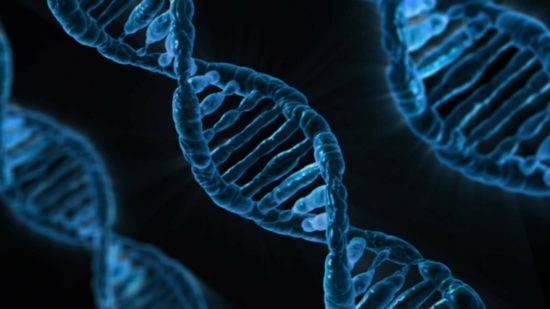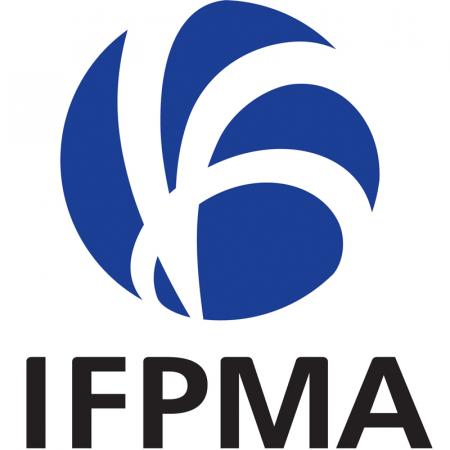Bacterial warfare is associated with virulence and antimicrobial resistance
The authors show that in Escherichia coli (E. coli), genes encoding bacteriocins—protein toxins used to kill or inhibit other bacteria—are disproportionately found in extra-intestinal pathogenic strains (ExPEC) and frequently co-located on large plasmids together with virulence factors (especially iron-acquisition systems) and antimicrobial-resistance (AMR) genes. They find that such bacteriocin-encoding plasmids are highly mobile (via conjugation and transposons), often carry “orphan” immunity genes (suggesting active competition rather than only plasmid-addiction), and in some cases are shared between genera (e.g., E. coli and Salmonella enterica). Their findings imply that bacterial warfare via bacteriocins helps pathogenic, drug-resistant strains to colonise and persist in competitive environments (such as the inflamed gut), linking competition, virulence and resistance in a novel way.
AMR NEWS
Your Biweekly Source for Global AMR Insights!
Stay informed with the essential newsletter that brings together all the latest One Health news on antimicrobial resistance. Delivered straight to your inbox every two weeks, AMR NEWS provides a curated selection of international insights, key publications, and the latest updates in the fight against AMR.
Don’t miss out on staying ahead in the global AMR movement—subscribe now!






